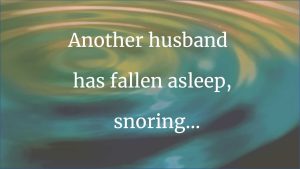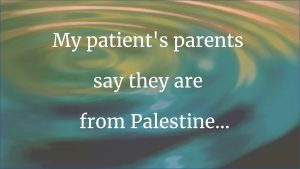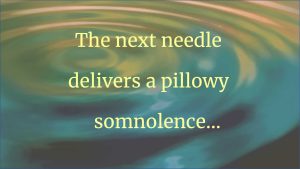The eradication of non-native Fallopia japonica,
for all intents and purposes, must be considered a
practical impossibility. The aggressive nature of the
plant, combined with the similarly harmful side effects
of the removal options, renders it one of the most
devastating blights facing modern homeowners today.
Early shoots are pliable and pink,
appearing just after the final snowfall
has fully melted, like a blush
across the newly naked earth.
The species is highly invasive, growing vigorously in all
manner of environments, robbing the soil of nutrients
while it deprives other native species of light. Homeowners
often find that an afflicted property becomes un-insurable
as well as un-inhabitable, as the dense thickets choke out
waterways, and infiltrate building foundations.
The heart-shaped leaves are tender,
a pale green, speckled with white
like goosebumps arising,
as they unfurl in the chill morning air.
Once its presence has been detected, the need for
prompt action cannot be understated. The roots will
proliferate before visual signs become apparent.
The plant’s hardiness, combined with its rapidly
spreading nature, means even single shoots can quickly
invade neighboring properties, overrunning entire cities.
At maturity, the leaves arch into a crown
thick with verdant shade, tall enough
to conceal all trace of people living
like sunken eyes, within a youthful face.
Typical chemical treatments have little lasting impact,
resulting in permanent damage to the underlying soil.
If the roots are dug with the intention of removal,
this must be done with complete surgical precision,
as even minute traces of the root or stem can readily
re-propagate, perpetuating the lifecycle of the plant.
Laying down my test results, the doctor turns,
to where I shiver in a flimsy cotton gown.
Have you ever, she quietly asks,
heard of Japanese knotweed?








5 thoughts on “Cultivation Also Starts With C”
Interestingly, Japanese knotweed, and several other invasive plants, have evidence based medicinal properties. I sit and think of the several juxtaposed metaphors this presents
This is a brilliant structure to convey your hauntingly beautiful story. May you continue to write in good health for many years to come.
Jess, the comparison of cancer to Japanese knotweed is striking. Thank you for the tender reminder of beauty in suffering, the choice to cultivate curiosity, compassion, etc. in cancer’s midst.
You wrote a stunning poem with a beautiful and moving title. I wish you well in all aspects of your life.
What a unique way to express the clinical challenge of a cancer diagnosis: by providing an example of similar characteristics in an invasive plant species, you place the homeowner in the position of patient, allowing attempts at eradication to mimic the process of chemotherapy and surgical treatments. Thank you, Ms. Skyleson, for a well-written and insightful piece. and best wishes for your continued health.